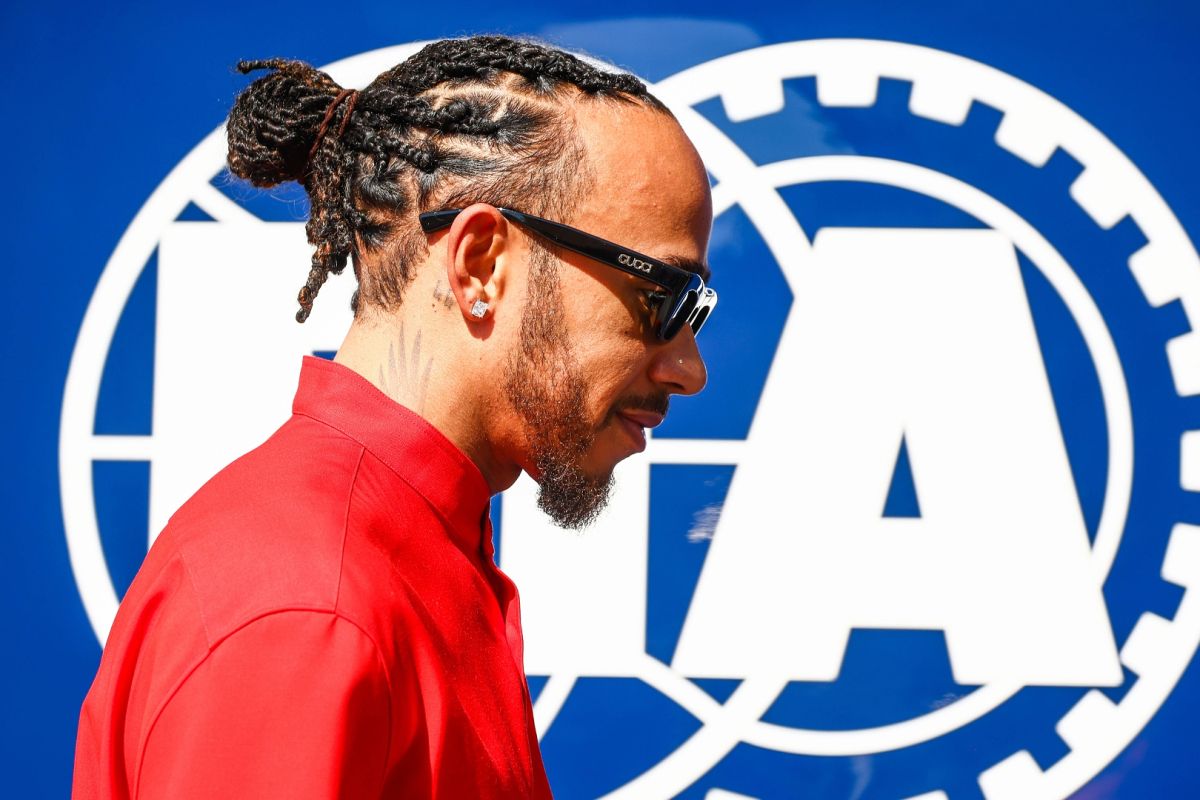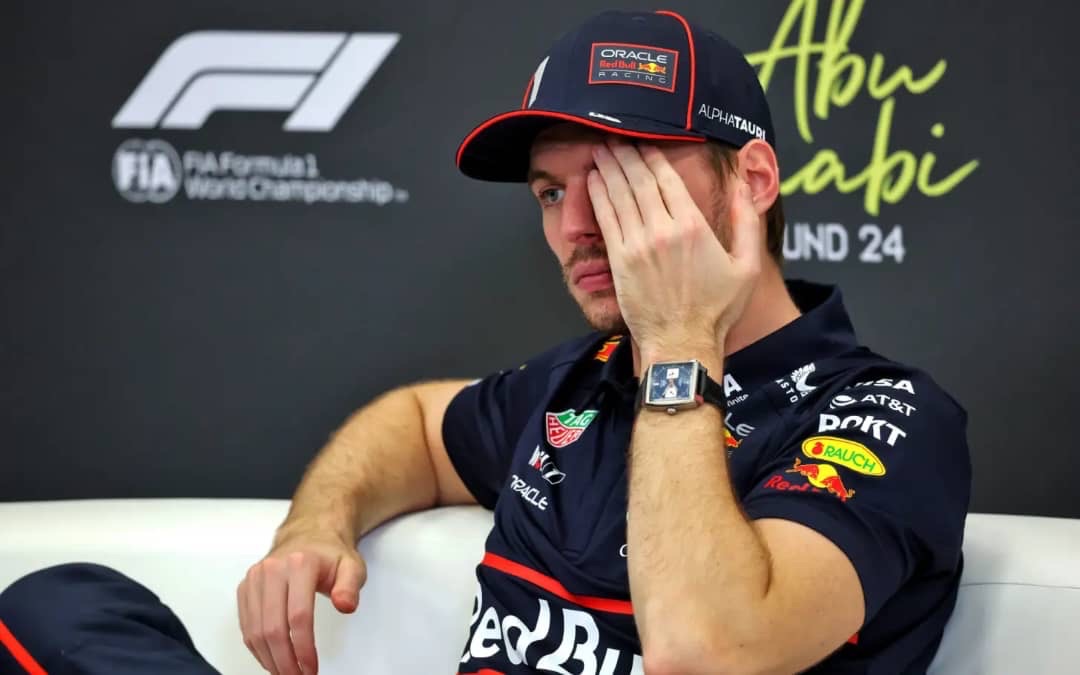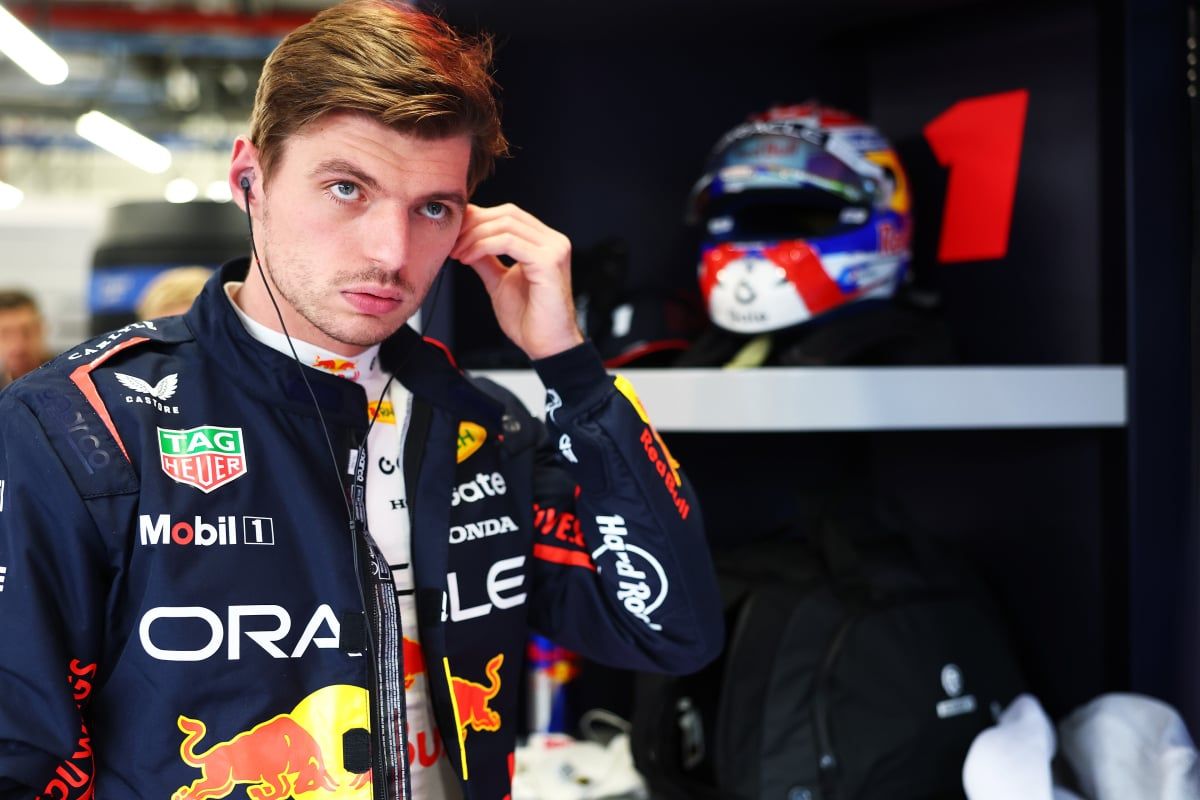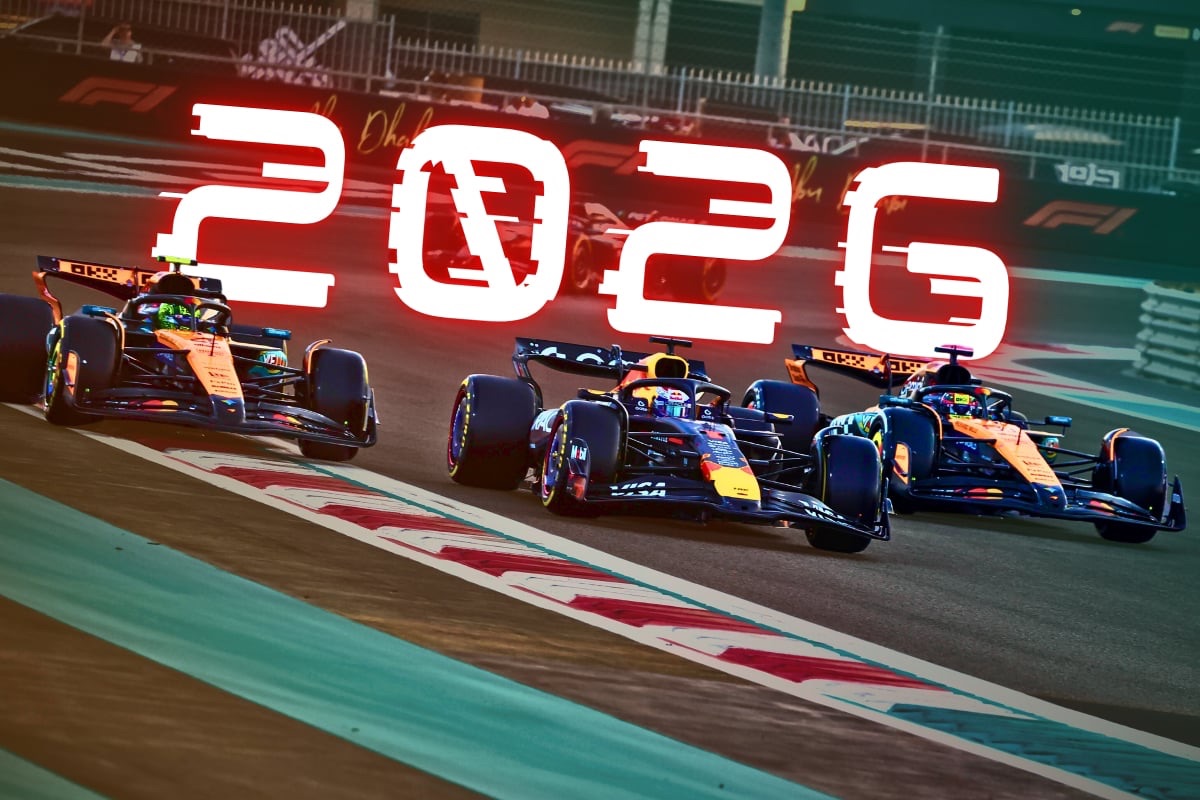FIA Confirms Key Tyre Change for Spanish GP as Hamilton Urges ‘Urgent Change’
The FIA has announced a significant change ahead of the Spanish Grand Prix this weekend, confirming a switch in tyre compounds from the ones used at the Monaco Grand Prix. The decision comes after widespread criticism of the Monaco GP’s lack of excitement, despite a mandated two-stop race intended to shake up strategy and promote overtaking.
At Monaco, Formula 1’s tyre supplier Pirelli provided the softest possible range – with the C6 compound serving as the soft tyre. However, this approach failed to produce the desired effect. The race was still processional, overtaking was minimal, and the imposed strategies were even branded as “unsporting” by some drivers, highlighting the limitations of tyre-based regulations in improving racing at tight street circuits.
For the upcoming Spanish Grand Prix, the FIA and Pirelli are taking a different route. A harder set of tyre compounds will be introduced to better suit the demands of the Circuit de Barcelona-Catalunya, a track known for its abrasive surface and long, high-speed corners. The new compound allocation will feature the C1 as the hard tyre, C2 as the medium, and C3 as the soft – a move designed to handle the circuit’s high-energy layout while offering teams more flexibility in race strategy.
Barcelona is not only a challenging circuit for tyres but also an important moment in the season from a technical standpoint. The Spanish GP is set to usher in a new era of aerodynamic regulation enforcement. The FIA’s updated technical directive will tighten the rules on front wing flexibility, reducing the permitted movement from 15mm to just 10mm. This follows similar restrictions that were placed on rear wing flex earlier in the year, notably at the Chinese Grand Prix.
This crackdown on aerodynamic trickery is expected to have a tangible impact on several teams, particularly Ferrari, who are reportedly preparing to introduce updated car parts to comply with the new regulations. Unlike McLaren – who have enjoyed a competitive edge since the Australian Grand Prix thanks to a more rigid design – Ferrari is believed to have been running wings with a higher degree of flex. The changes coming into effect in Spain could therefore either level the playing field or expose design vulnerabilities, making this race a critical one for the Scuderia.
Meanwhile, seven-time world champion Lewis Hamilton has voiced concerns over the state of F1 racing following Monaco, calling for “urgent change” to ensure better competition and more exciting on-track battles. His remarks align with growing frustrations from fans and drivers alike, who feel the current rules and car designs make overtaking and race variability too difficult.
As teams arrive in Barcelona with updated setups, stiffer aerodynamic parts, and a new tyre allocation, all eyes will be on whether these changes can breathe new life into the racing – and if the Spanish Grand Prix can serve as a turning point in a season that many hope will become more competitive in the second half.




